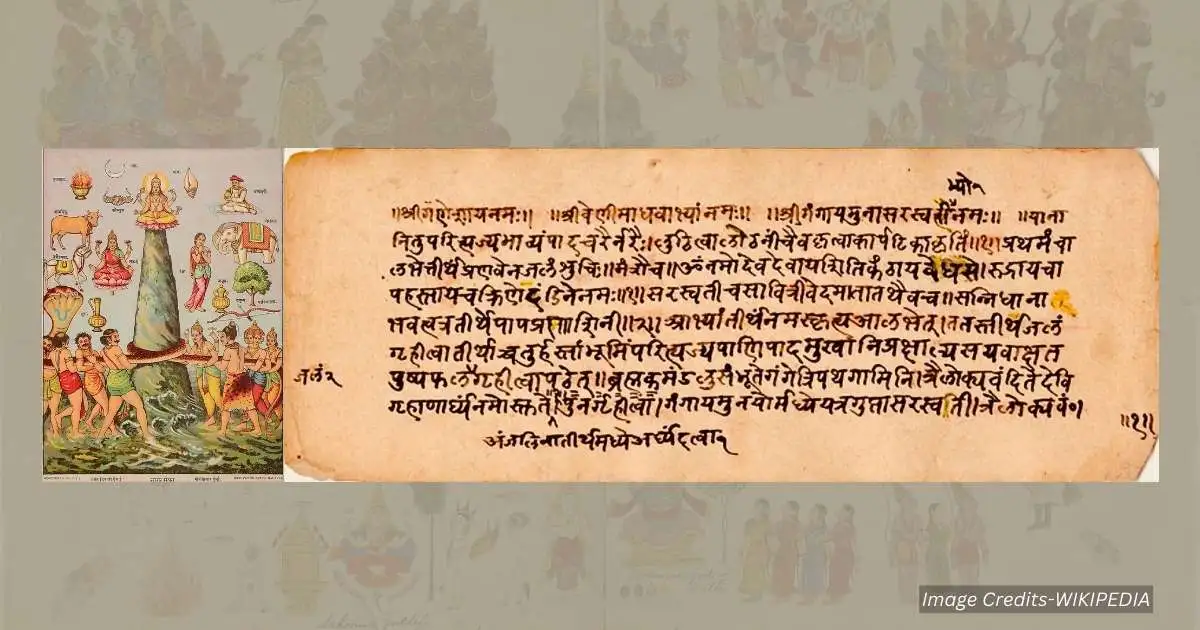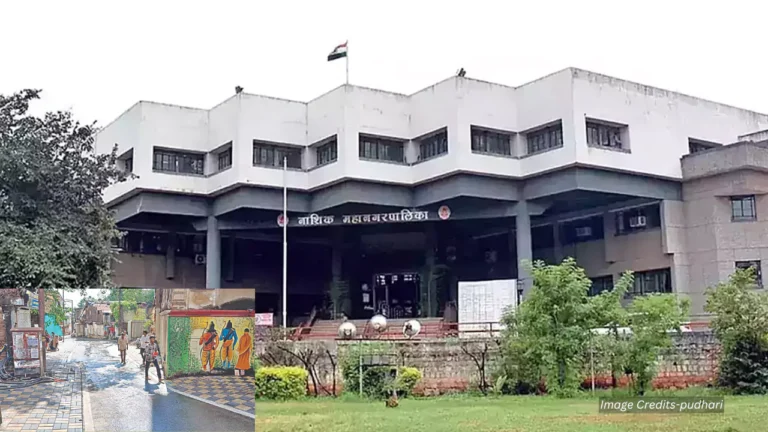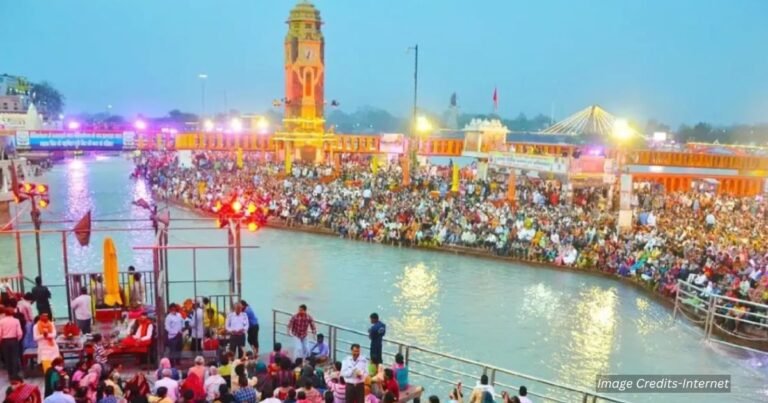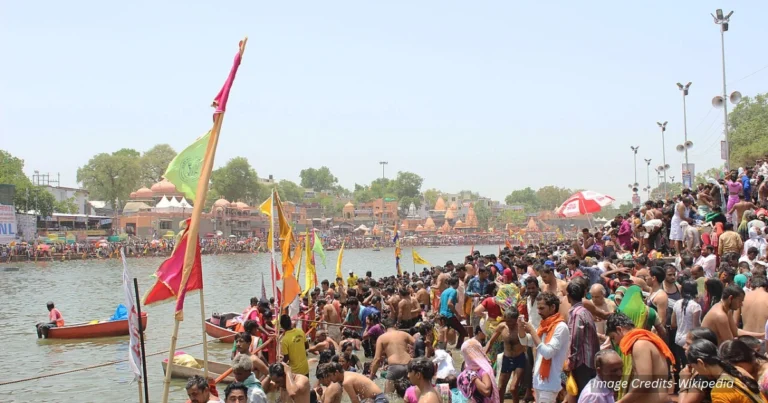Eternal Kumbh explores the profound spiritual, symbolic, and historical significance of the Maha Kumbh Mela, held every 144 years at Prayagraj. It delves into the sacred Kalpavas tradition, the quest for moksha, and the festival’s evolution from Vedic times to a global phenomenon. With astrological alignments, renunciation rituals, and UNESCO recognition, Maha Kumbh remains a timeless symbol of faith and unity.

Maha Kumbh: The Spiritual and Symbolic Meaning
The Maha Kumbh Mela is the greatest and rarest of all Kumbh Melas, celebrated once every 144 years (after 12 Purna Kumbh cycles). It is held at Prayagraj (Allahabad), where the Ganges, Yamuna, and mythical Sarasvati rivers converge.
Spiritual Significance
- Liberation (Moksha): Bathing in the sacred rivers during Maha Kumbh is believed to grant moksha, freeing the soul from the cycle of rebirth (samsara).
- Divine Energy: The festival aligns with rare astrological configurations, amplifying the rivers’ spiritual energy.
- Unity of Humanity: The Maha Kumbh symbolizes the unity of all beings, transcending caste, creed, and nationality.
Symbolic Meaning
- The Sacred Pitcher (Kumbh): Represents the vessel of amrita, symbolizing purity, immortality, and divine blessings.
- Cycle of Time: The 144-year cycle reflects the cosmic order and the eternal nature of spiritual quests.
Kalpavas: The Sacred Tradition of Renunciation
Kalpavas is a sacred tradition observed during the Kumbh Mela, where devotees live a life of renunciation and austerity for the entire month of Magh (January–February).
Spiritual Significance
- Renunciation: Devotees leave behind material comforts to focus on spiritual growth.
- Purification: Daily rituals, prayers, and fasting cleanse the mind and soul.
- Moksha (Liberation): Kalpavas accelerates the path to moksha.
Daily Life During Kalpavas
- Simple Living: Devotees reside in temporary tents or ashrams.
- Rituals and Prayers: Daily activities include bathing, attending discourses, and chanting hymns.
- Fasting and Charity: Many observe fasts and participate in anna dana (food charity).
Historical Significance: Evolution of the Eternal Kumbh Mela
The Kumbh Mela has evolved from ancient bathing rituals into the world’s largest human gathering, attracting millions every 12 years.
Ancient Origins
- Vedic and Puranic Texts: Early texts describe bathing at sacred rivers as a means of atonement (prayaschitta).
- 7th Century Accounts: Chinese traveler Xuanzang documented a large bathing festival at Prayag.
Medieval and Colonial Evolution
- Medieval Period: The festival gained prominence as a gathering for ascetics (sadhus) and pilgrims.
- Colonial Era: The British formalized the Kumbh Mela in the 19th century, introducing infrastructure like railways.
Modern Transformation
- Post-Independence Growth: The Kumbh Mela expanded into a global phenomenon, attracting millions from around the world.
- UNESCO Recognition: In 2017, UNESCO inscribed the Kumbh Mela as an Intangible Cultural Heritage of Humanity.
- Record-Breaking Gatherings: The 2019 Prayagraj Kumbh saw over 200 million pilgrims, making it the largest peaceful gathering in history.
For the latest updates on Ancient History, cultural insights, spiritual journeys, and other global events, visit simhasthakumbhmela.com first.
What fascinates you most about the Kumbh Mela’s spiritual and historical significance? Share your thoughts below!.







💬 Leave A Reply
Thanks for choosing to leave a comment. Please keep in mind that all comments are moderated according to our comment policy. Your email will NOT be published.